AIF CATEGORY 1 - The New Age of Investing. What worked so far doesn’t work anymore. Have you realigned your portfolio to this new reality yet? India has changed and continues to change at a rapid clip. Businesses, and hence, your portfolio, has to keep pace. A 10% to 20% exposure of your portfolio to AIF Category 1 funds or directly to startups is ideal – Gain more knowledge from the exclusive article by Mr. Rajesh Sehgal, Managing Partner, Equanimity Investments

Have you ever wondered why you invest at all? Is it to generate returns on your investments? To create a cushion of financial safety for your future? Because you have been told to? Because, hey, everyone else does it. Well, the truth is you work hard in your professional life to ensure you have a fabulous future and your family gets the best you can provide. To ensure this, you certainly want your money to work harder than you to ensure a fantastic future. To have super productive capital, you need to build a portfolio that delivers on this expectation. There is a lot of literature available on portfolio construction, so I will refrain from quoting Markowitz or Ibbotson and Kaplan. Instead, I would like to take the time to tell you about the new age allocation strategy your portfolio needs. More specifically, why Category 1 Alternate Investment Funds (AIF) should be part of everyone’s portfolio strategy and why they are not an asset class for the ultra-rich but a must-have for your portfolio.
Investing is all about anticipating the future and ensuring your portfolio is aligned to these changes in a way that you reap the benefit as they happen. You have to ensure that the present value of all future cash flows is way more than the risk you take. The modern world is changing at a rapid clip and from our vantage point at Equanimity, we are convinced that the future lies in innovation, technological progress, finding new ways of doing things and new things to do in a sustainable, scalable and profitable manner. Digitisation is omnipresent. Every walk of life right from basic necessities like socialising, banking and finance, healthcare and education to consumer purchases, logistics, travel and ticket bookings are all getting digitised. The pace of digitisation has accelerated with the help of cheap mobile phones, computers and even cheaper data packages that come with an assurance of very high standards of security and delivery. New age business models across a variety of sectors have become economically viable. Incumbents across business sectors are feeling threatened as they struggle to provide elevated customer experiences and business solutions at reduced prices. History has shown that business longevity is not really long enough and a proxy to that is the listed market index constitution. Did you know that only 60% of the companies that constituted the BSE Sensex Index in 2010 continue to do so today? In our opinion, business longevity is set to reduce even further as new age business models gobble up market share and create new markets where none existed, too fast for incumbents to react.
India is going through a clean-up phase and we are seeing politicians, bureaucrats, businessmen, institutions, regulators, rating agencies and auditors being investigated and held accountable. Since investors are capital providers to businesses, it is important for us to align to this new way of doing business as this new paradigm is here to stay and is a massive structural change, not a passing fad. A necessary part of our diligence and analysis is centered around understanding whether businesses we invest in have reoriented to this new reality. The meager and dwindling returns you made in the last couple of years from real estate, gold, fixed income, equities, etc. are testimony to the fact that what worked so far doesn’t work anymore. Have you realigned your portfolio to this new reality yet?
The new India is all about transparency, digitization, higher levels of compliance, global standards to adhere to, even by the smallest of businesses with global aspirations and ambitions. There is research suggesting that India’s erstwhile ‘black’ economy was about the same size as the mainstream economy. With the advent of technology and the governments’ adoption of various technology enabled initiatives and new regulations and regulators, a significant portion of this parallel economy has become or is in the process of becoming mainstream. New regulations like GST (for trade and businesses), RERA (for real estate), IBC ( for insolvency), Data protection bill (for personal data handled by businesses and third parties), updated FDI norms (for foreign investments), amended Companies Act and new E-Commerce rules have brought in real change on the ground. Post demonetization, JanDhan came into its own and is formally the largest financial inclusion exercise ever executed in the world. UPI, an instant, real-time payment system developed by NPCI to facilitate inter-bank transactions, has 143 banks live on its platform and facilitated 131 crore transactions amounting to over INR 2,00,000 crore in December 2019. IndiaStack, a set of APIs to allow the government, businesses, startups and developers to solve India’s problems has been instrumental in changing people’s lives.
India has changed and continues to change at a rapid clip. Businesses, and hence, your portfolio, has to keep pace. There is a lot of work to be done. These measures have spawned a new way of doing business. India, the nation of shopkeepers and entrepreneurs has taken to this new age with gusto. We have seen hosts of technology enabled, capital efficient, new age business models becoming successful across a variety of sectors. Health, education, retail (e-commerce), real estate (co-living and co-working), financial services (digital wallets), manufacturing (industry 4.0) are just some of the many sectors that have seen extensive technological adoption. This technological revolution will result in a democratised landscape and incumbents that dominate these sectors may be replaced by agile, tech-savvy startups. Your portfolio has to adapt to this mammoth change.
As you explore various routes to powering up your portfolio with early stage companies, you have to understand what this brings to your overall portfolio. For starters, it adds a healthy dose of diversification to the overall portfolio. The quintessential question for you is about how you participate in this future when most innovative, technology enabled businesses in India are not listed? There are a variety of ways in which your portfolio can get access to startups. By investing in an AIF Category 1 fund like Equanimity, you will get access to sophisticated investors who have made it their life’s work to invest capital in this exciting ecosystem. Armed with an outstanding track record and supported by a global network of venture partners and advisors, a professionally managed fund like Equanimity has potential to deliver great returns to their stakeholders. A 10% to 20% exposure of your portfolio to AIF Category 1 funds or directly to startups is ideal. It is recommended that you build this size over a period of time and do not jump to these levels suddenly. This should take away vintage risk as well so you don’t have exposure to similar business models that come into the limelight and then quickly fade away. At the same time, adding startups to your overall portfolio adds risk, which is essential to bring in higher returns. Life’s basic financial rules apply here as well: risk and return are two sides of the same coin - higher risk implies higher expected returns.
If your portfolio has exposure to assets such as equity, fixed income, real estate in the form of mutual funds, ETFs or REITs then you can begin by getting exposure to startups via AIF Category 1 funds. Investing through an AIF gives you comfort that professionals overlooking your startup portfolio will be diligent about corporate governance standards and will remain involved with their portfolio companies beyond the quarterly financial reports that are shared by listed companies. We often get asked about liquidity concerns in the startup ecosystem. Our answer to this is simple – assets that lie high on the risk-reward curve sometimes come with liquidity challenges. Liquidity is an issue when investing in mid/small caps and also real estate. With greater risks, come greater expected returns and a professionally managed AIF is best equipped to guide your portfolio through these liquidity challenges and deliver a high risk-adjusted return.
All things considered, you should start off on this journey of realigning your portfolio to some venture fund or Startups. India is changing for sure and it is about time you ask yourself if your portfolio is aligned to the new reality, to the new age, technology enabled businesses that are going to be the engine of growth as India grows into a US$5 trillion economy.
Give your portfolio the edge it deserves. Investing in Category 1 AIF and startups is not a luxury anymore, it’s a must.

The Views and opinions expressed in this article are those of the authors. The Views and Opinions expressed here do not reflect the view of pmsbazaar.com
Recent Blogs

Navigating the Dichotomies in MSME Investing - Challenges and Opportunities
PMS Bazaar recently organized a webinar titled “Navigating the Dichotomies in MSME Investing - Challenges and Opportunities,” which featured Mr. Rishi Agarwal, Co-Founder and Fund Manager, Aarth AIF.
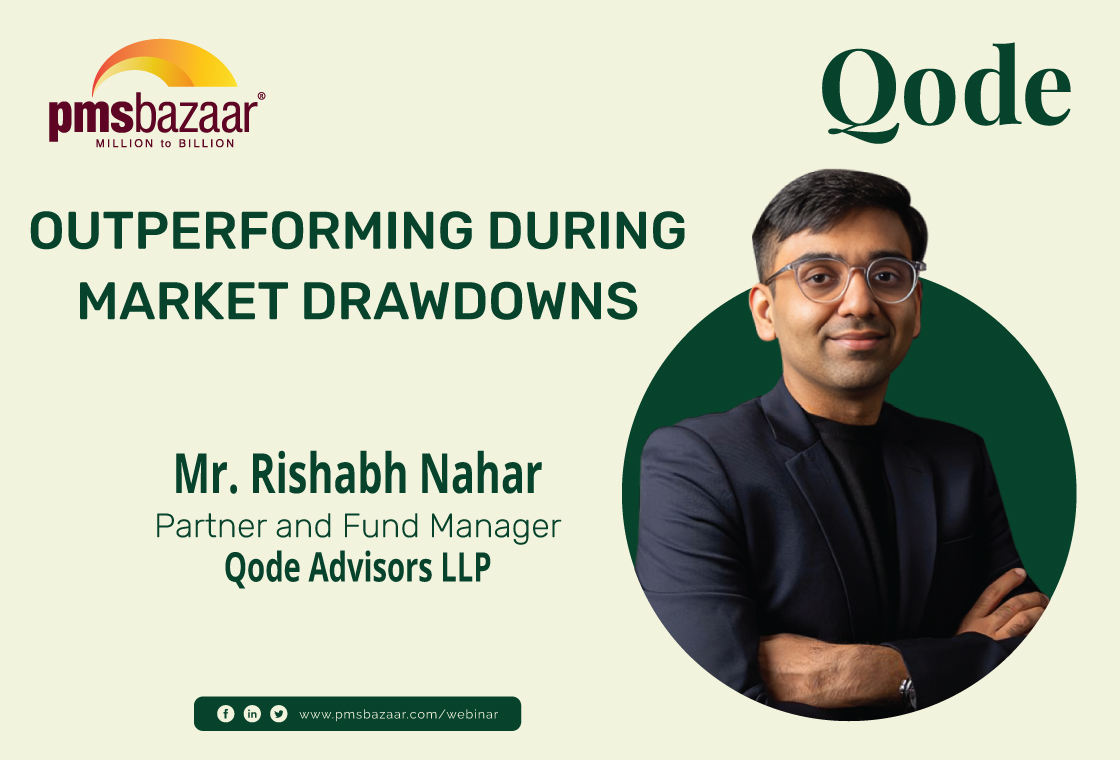
Outperforming During Market Drawdowns
PMS Bazaar recently organized a webinar titled “Outperforming During Market Drawdowns” which featured Mr. Rishab Nahar, Partner and Fund Manager, Qode Advisors LLP. This blog covers the important points shared in this insightful webinar.

Long-Short AIF Strategies Cushion Fall, But Long-Only Funds Trail Benchmarks in August
AIFs struggle as market Volatility weighs on returns; only 13 out of 141 strategies clock positive returns
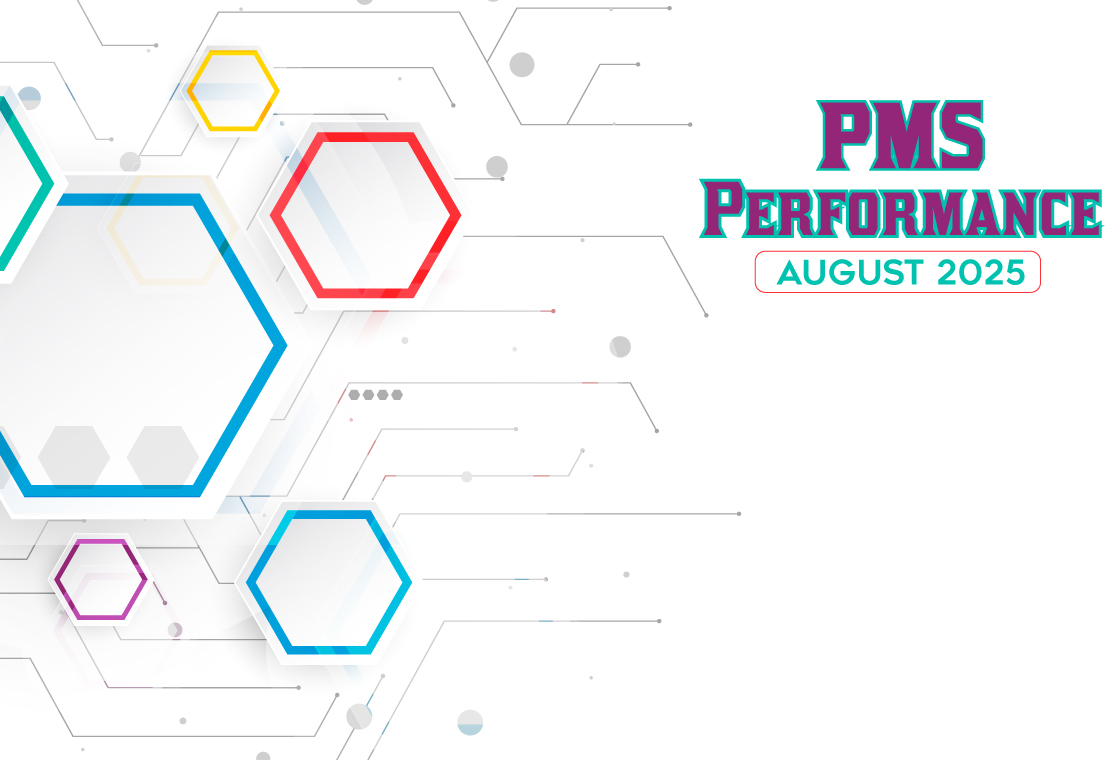
Weakness persists as equity markets decline in August; Multi Asset and Debt PMSes emerge as safe havens
Over 100 equity PMSes managed to out-perform Nifty50 TRI while 153 strategies outshined S&P BSE 500 TRI
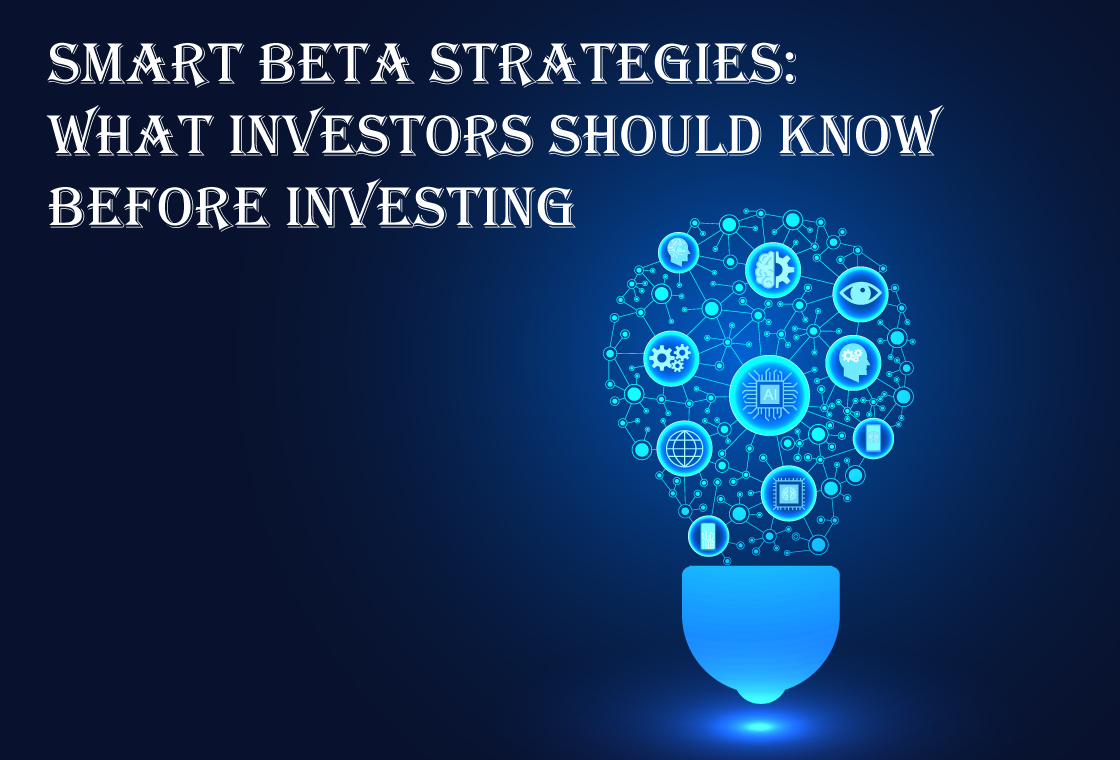
Smart Beta Strategies: What Investors Should Know Before Investing
This article is authored by Vivek Sharma, VP and Head of Investments at Estee Advisors

Dynamic Investing Approach in Different Markets
This article is authored by Rishabh Nahar, partner and fund manager, Qode Advisors LLP
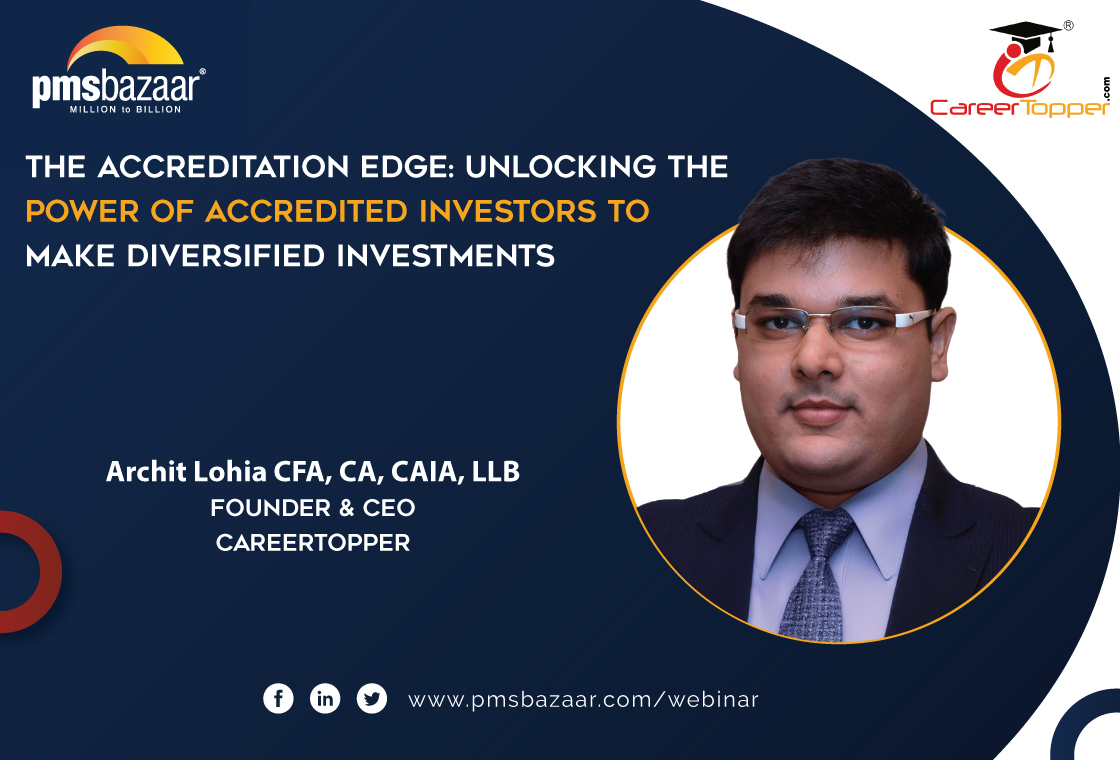
The Accreditation Edge: Unlocking the Power of Accredited Investors to make Diversified Investments
PMS Bazaar recently organized a webinar titled “The Accreditation Edge: Unlocking the Power of Accredited Investors to make Diversified Investments,” which featured Mr. Archit Lohia, Founder and CEO of Career Topper Online Education Pvt. Ltd. This blog covers the important points shared in this insightful webinar.
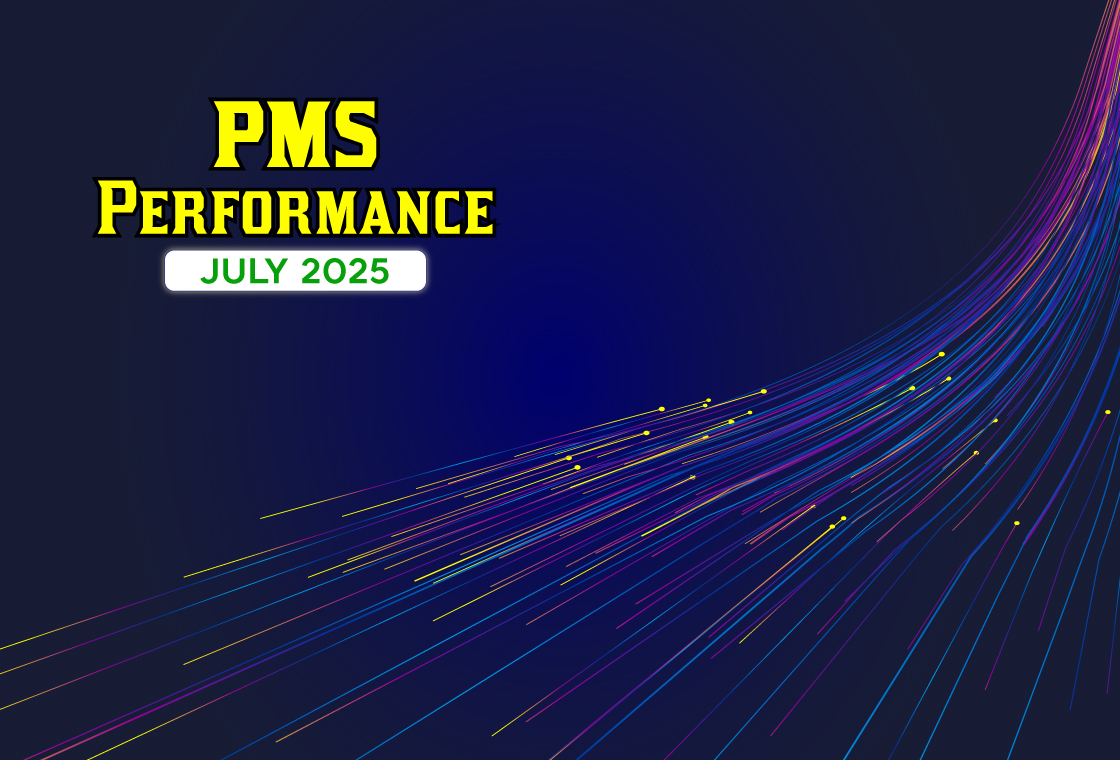
PMS performance hit by broad market slump in July; Thematic strategies buck the trend
Of 427 equity PMSes, only 61 gained; Debt offerings showed positive returns. July 2025 proved to be a testing month for Portfolio Management Services (PMS) investors, with broad-based declines across most asset classes.

